
Early adopters of solar have often been motivated by two features of solar energy: the thrill of new technology and the prospect of pioneering a more sustainable lifestyle. From shouting distance, these proud consumers call out the details of their home production reports to anyone with ears. They monitor the latest in solar panel engineering, drinking up the details of increased panel productivity.
With this customer persona in mind, is efficiency king in this industry?
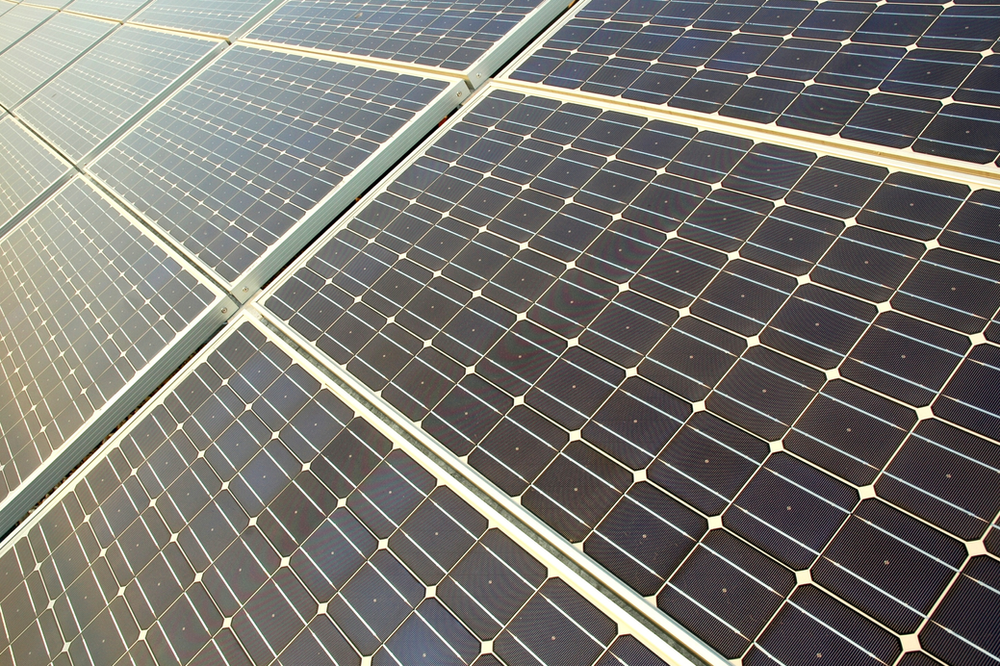
Adoption of Solar in Residential Areas
One recent trend in residential solar may reveal the relative importance of efficiency for the average homeowner. Solar Power World reports that all-black solar panels are climbing in popularity despite being less efficient than black panels with white backing. This choice to forgo maximum efficiency options likely stems from awareness of neighbors who may be gazing upon nearby roofs.
Simply put, all-black aesthetic is favorable for its uniformity of color. An MIT study found that most solar installers named a panel with even surface color to be the most attractive. The study, centering around a comprehensive survey for participants, also went beyond uniformity of color to draw out preferences within panels of even surface color. What happens if the panels have even coloring but exist in sharp contrast to the roof beneath? The first discovery was that context matters. Red panels on red roofs best black panels on red roofs.
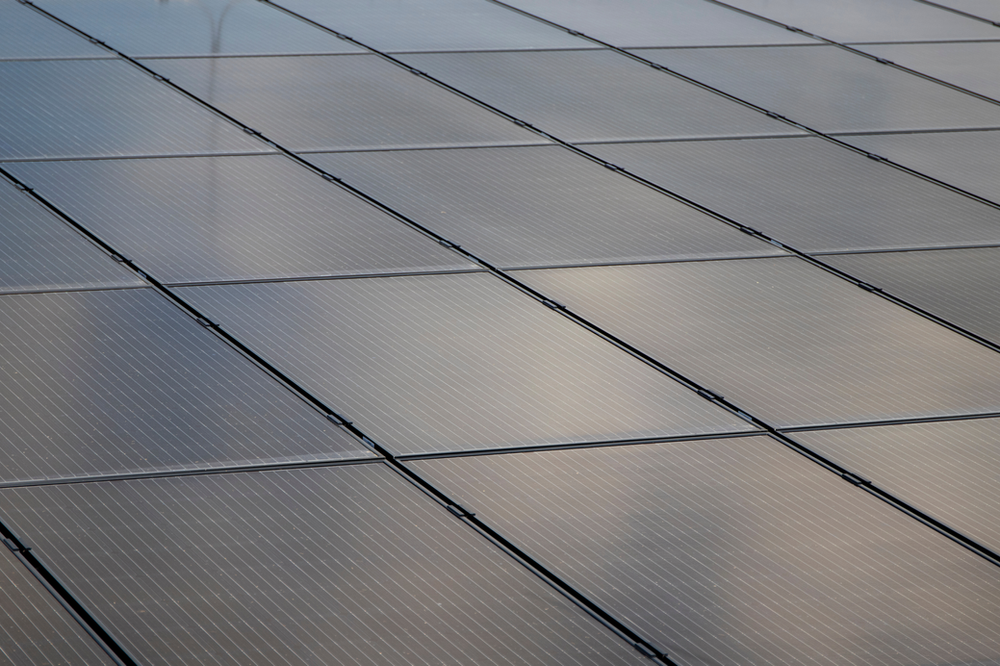
With a focus on efficiency rather than the context of roof color, however, the results were different. In this second scenario, participants viewed rendered photos of panels with different coloration. They were given invented values of efficiency alongside the photos: 30% efficiency for the all-black, and 20% efficiency for the red-brown. In this iteration, black panels received a mean score of desirability higher than that of the red. The caveat was this: the standard deviation for the scoring of black panels was considerably higher. The authors summarize: “heterogeneous preferences among the population...cannot be neglected”. Like all matters of artistic design, “best” seldom aligns with only one factor like highest efficiency or one particular color. The very presence of variation based on color, however, suggests a movement away from the ethos of early adopters: efficiency is no longer everything.
In fact, the supply side of solar has increasingly sensed the strong consumer preference for aesthetic solar panels. The Journal of Mechanical Design determined that cost and aesthetics were the two most important factors in determining solar panel choice, among 138 California solar installers surveyed. 78% of respondents listed cost as a key factor in choosing which panels to recommend to a homeowner. 41% listed “aesthetics” as a key factor in choosing which panels to recommend. Other options that trailed these top two factors were warranty, efficiency, country of origin, quality, and sustainable packaging.
The early adopter of solar may present an image of enchantment with pragmatism and optimized technology, but the industry is shifting. All-black panels and installer behavior point to the possibility of aesthetics indeed catalyzing the process of solar finding its way onto more roofs.
Compensating With Quantity and Layout
While it is clear that some owners of residential solar may surrender perfect efficiency, it remains unknown how far they are willing to go.
SolarSkin® by Sistine Solar has bravely confronted this exact question in its daily operations since 2012. SolarSkin® enables solar panels to blend in with their background by serving as a graphic overlay. As a tradeoff of vibrant graphics, solar panels with SolarSkin® will be south of maximum efficiency. Panels instead retain 85% to 95% of stated energy production, depending on customer choice. For large commercial systems, this translates to a retention of 99% production capacity. Furthermore, these initial percentages are usually but one part of the puzzle.
Solar panels subject to real-world constraints may actually realize increased productivity when they receive aesthetic add-ons such as SolarSkin®. Such is the ,story of Joey Myles in Indiana. The local HOA maintained solar restrictions that severely constrained his installation plans. The HOA rejected his proposal of installing solar panels on the front-facing portion of his roof due to concerns over curb appeal. The best compromise in design would have relegated his solar panels to the back of his roof, where the panels would generate only 48% of potential electrical energy production. When Myles discovered SolarSkin®, his prospects changed. He modified his proposal with the camouflaged solar panels and swiftly gained approval to move his panels southward, to the optimal portion of his roof. The electricity production is now 54% higher than it was before.
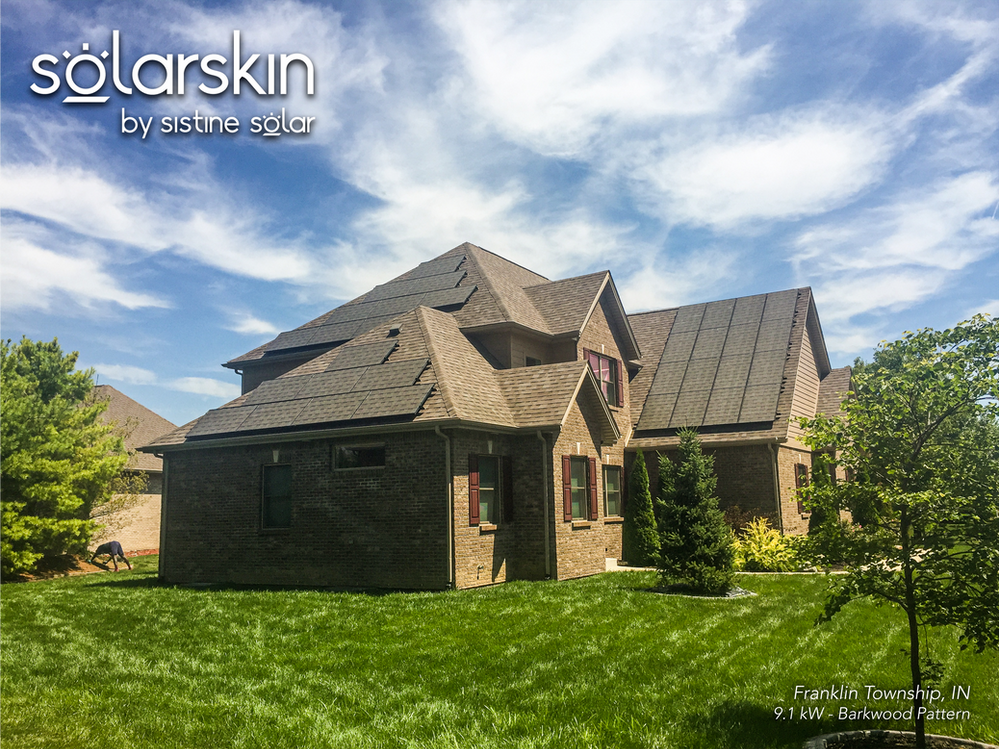
Strategic placement of SolarSkin® can also limit the decrease in efficiency. Non-uniform coverage of solar panels can still accomplish the desired look, such as in ,this church rooftop design.
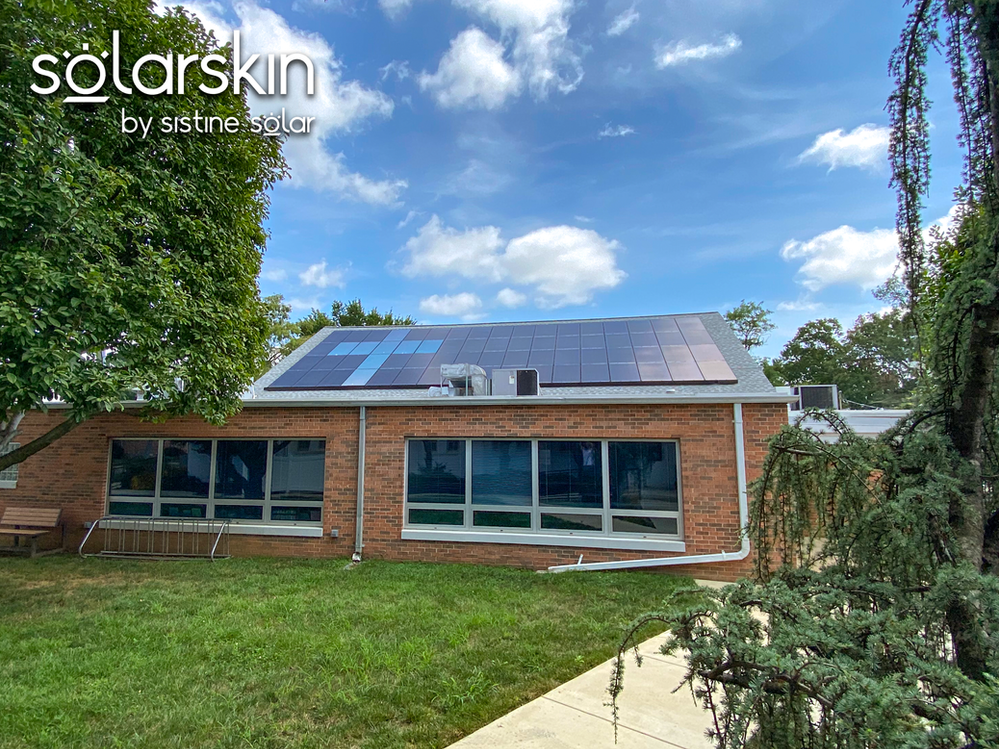
Quantity can also offset any percent loss in efficiency due to modified solar panels. It turns out that the average residential roof has sufficient surface area一and then some一to accommodate a home’s energy needs.
EnergySage estimates that the average home would need to install 20-25 panels to produce enough energy for the household. The average residential solar panel size, according to SunPower, is 5.4 feet by 3.25 feet, about 17.6 square feet in surface area. Therefore, the minimum surface area for a solar array would be between 352 and 440 square feet.
The average residential home, of 2300 square feet, has a roof surface area of ~1,500 square feet, well over the amount of space for the average array. A 15% deduction in array efficiency due to modified solar panels could require up to 5 more panels, increasing the surface area requirement by 88 square feet.
Of course, the input for these calculations are average figures. Available roof space may differ from the estimated 1,500 square feet based on distribution of surface area and interruptions in the roof space such as chimneys. Still, when most solar arrays exist on the scale of 500 square feet, the roof space of the average house appears to be 3 times as large as necessary for installation. Therefore, strategic layout or added panel square footage can likely combat any lost power generation due to more creative takes on solar panel appearance.
Added Brand Value in Commercial Solar
Businesses, too, have shown a special interest in aesthetic solar. Rather than camouflage, however, branding is often the aim of these solar installations.
Sistine Solar has serviced companies who view their installations as opportunities for brand promotion. Their options for confronting the efficiency-aesthetics tradeoff have been more ample than that of homeowners. Spacing availability and design flexibility enable this happy trend.

Structural modifications are another artistic choice that solar-supportive companies may choose. Building integrated-photovoltaics (BIPV) in particular are gaining traction, growing in capacity at an annual rate of 16% year over year. This compares to a compound annual growth rate of 20% for the solar industry at large.
What does the popularity of BIPV reveal about the relative importance of solar cell efficiency? The technology is currently better-received outside the United States, and one European study has found that modeled BIPV efficiency hovers around 10%. That is, only one-tenth the sunlight that strikes BIPV is converted to usable electrical energy. This is only half of the industry standard for efficiency, currently around 20%. The significant discrepancy likely arises from the vertical angle of installation and the limited air flow around the solar cells.
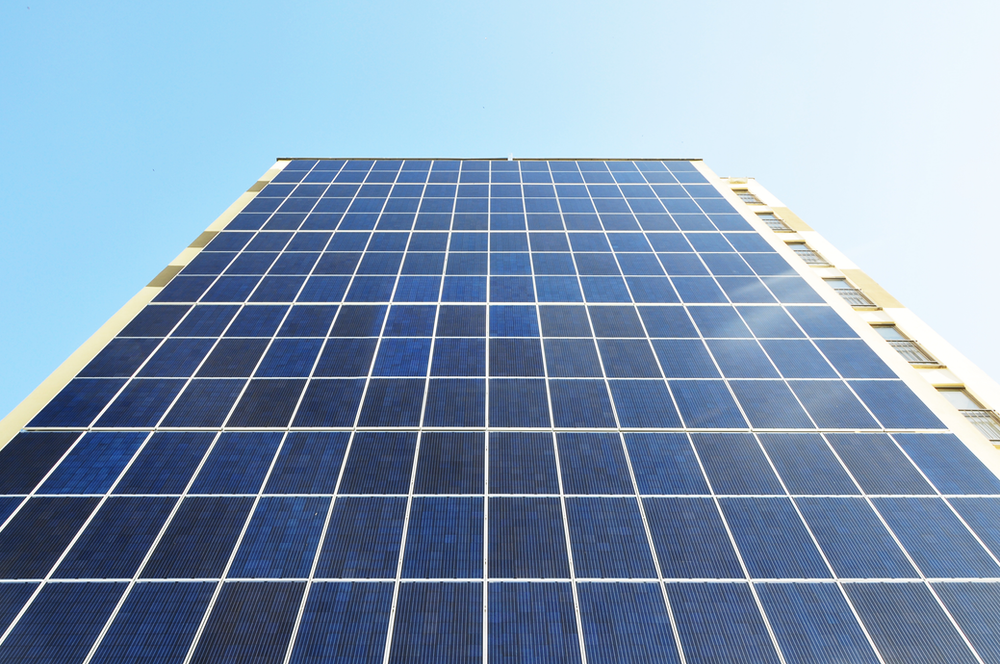
Yet BIPV adoption swells amidst the entry of more efficient photovoltaic options into the market. There is a compelling message in the blending of photovoltaics into the façade of a building.
More Structural Change
Perfect harmony of solar and host surface might exist in the solar shingle. These shingles are another form of BIPV, but they are more common in residential solar. Their form allows for low-profile solar when observed from the ground level, an improvement upon the thick rack systems of traditional solar.
The two largest players in solar shingles have disclosed the efficiency they can offer. Suntegra shingles are typically 15% less efficient than standard panels. Meanwhile, CertainTeed sells shingles that are 20% less efficient. Both companies intend to outdo their current electricity yield, but even at this stage, they have a growing customer base. Perhaps the fact that they are competing with Tesla and Forward Labs for the concept of residential BIPV comprises a verdict enough.
Efficiency is no longer king. When it comes to facing off with HOA or embracing a new frontier in sustainable energy, forfeiting perfect efficiency actually contributes to the expansion of solar access. Demand for solar of a certain profile and color scheme has created the arena in which multiple firms now vie for customers. One can dare to imagine that the roar of onlookers of this match will only continue to rise.
For more information on the power of SolarSkin® to transform your home solar array, visit ,,here.


